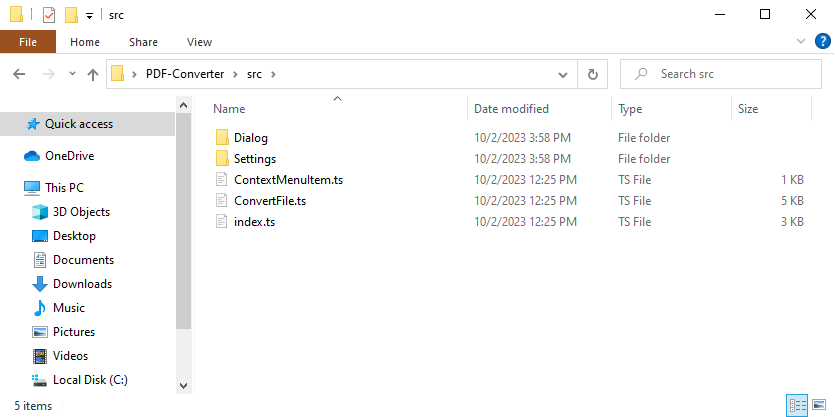Getting started
Here are the fundamental steps for building plugins:
- Preparing
- Creating plugin template
- Coding
- Building
- Uploading to the portal
Step 1. Preparing
Install the @onlyoffice/docspace-plugin-sdk npm package globally:
npm i -g @onlyoffice/docspace-plugin-sdk
Now, the npx command is available, which will be used to create a plugin.
Step 2. Creating plugin template
-
To create a plugin template, run the following command:
npx create-docspace-plugin
-
Configure the plugin in the terminal specifying in the dialog the plugin settings such as name, version, author, logo, etc.
-
Select the plugin scopes from the list by pressing Space on the necessary scopes (API, Settings, Context menu, etc.).
More information about plugin settings and scopes can be found here.

Step 3. Coding
Develop a plugin. Follow the plugin structure described here.
-
Write code for each plugin type using the corresponding variables, methods and items. Put the scripts into the src folder. Specify the required Plugin interface for each plugin to be embedded in the portal.

-
Specify plugin messages that will be returned by the items. Use the appropriate events that will be processed on the portal side.
-
Learn which plugin components can be used for the DocSpace plugin interface and add them to your scripts.
Code samples are available at https://github.com/ONLYOFFICE/docspace-plugins.
Step 4. Building
To build a plugin, you need the yarn package manager to be installed. Install all the necessary dependencies using the yarn install command in the plugin root folder (if this was not done previously in step 2). After that collect a plugin archive by running the yarn build command. The completed plugin will be located in the dist folder and can be uploaded to the DocSpace portal. More information can be found here.
Step 5. Uploading to the portal
To upload a plugin to the DocSpace portal, follow the instructions here.
The plugin will appear in the plugin list and start functioning automatically.